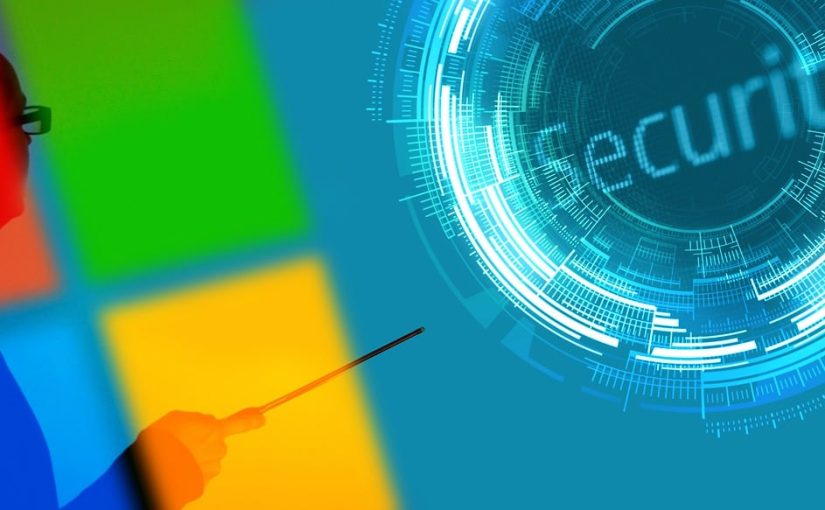Managing Windows Servers comes with a responsibility to secure them against cyber threats. Attackers often exploit misconfigurations and unpatched vulnerabilities to gain access to systems. This guide outlines five foundational security measures that system administrators can implement to protect their servers and network computers.
1. Keep Your Servers Updated
Regular updates are essential to patch vulnerabilities that attackers may exploit.
– Enable Windows Update to install security patches automatically.
– Use Windows Server Update Services (WSUS) to manage updates across multiple systems.
– Schedule regular manual checks for updates on servers that cannot auto-update due to business constraints.
2. Configure a Robust Firewall
A properly configured firewall restricts unauthorized access.
– Enable and customize Windows Defender Firewall to block unnecessary inbound connections.
– Use Group Policy to enforce firewall rules across multiple machines.
– Monitor firewall logs for signs of suspicious activity.
3. Implement Strong Authentication Policies
Weak passwords are a common entry point for attackers. Strengthen authentication with:
– Complex password requirements enforced via Group Policy.
– Multi factor authentication (MFA) for remote and admin access.
– Account lockout policies to limit brute force attempts.
4. Limit Administrative Privileges
Minimizing administrative rights reduces security risks.
– Assign users the least privilege needed to perform their roles.
– Disable default Administrator accounts and create unique admin users.
– Use Privileged Access Workstations (PAW) for sensitive administrative tasks.
5. Enable Logging and Monitor Activity
Tracking system activity can help detect and mitigate potential threats.
– Enable Windows Event Logging to record security events.
– Use SIEM (Security Information and Event Management) tools to analyze logs.
– Regularly audit logs for anomalies or unauthorized access attempts.
Additional Resources for Learning More
– Microsoft Learn – Official documentation and tutorials for Windows Server security.
– NIST Cybersecurity Framework – Guidelines on security best practices.
– SANS Security Essentials – Courses and whitepapers on cybersecurity for sysadmins.
– Windows Server Security Hardening Guide – A detailed Microsoft security guide.
Systems Admins can build a solid security foundation for their Windows servers and prevent cyber threats from compromising their systems. Cybersecurity is an ongoing process, not a one-time setup regular audits, testing recovery plans, and staying informed about emerging threats are essential.
Additionally, consider implementing secure baseline configurations for all new servers before deployment to minimize vulnerabilities. Regular penetration testing or vulnerability scans using tools like Nessus or Microsoft Defender for Endpoint can help identify weak points before attackers do.
Another often overlooked area is user training many breaches happen due to phishing attacks or poor security practices. Educate staff about recognizing suspicious emails and enforce policies such as least privilege access and secure remote desktop usage to reduce risks.
Finally, never underestimate the value of a well documented incident response plan. If a breach or cyberattack does occur, knowing the exact steps to contain, mitigate, and recover can make the difference between a minor issue and a major disaster.
